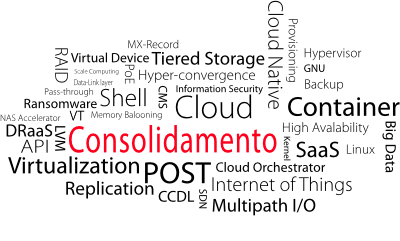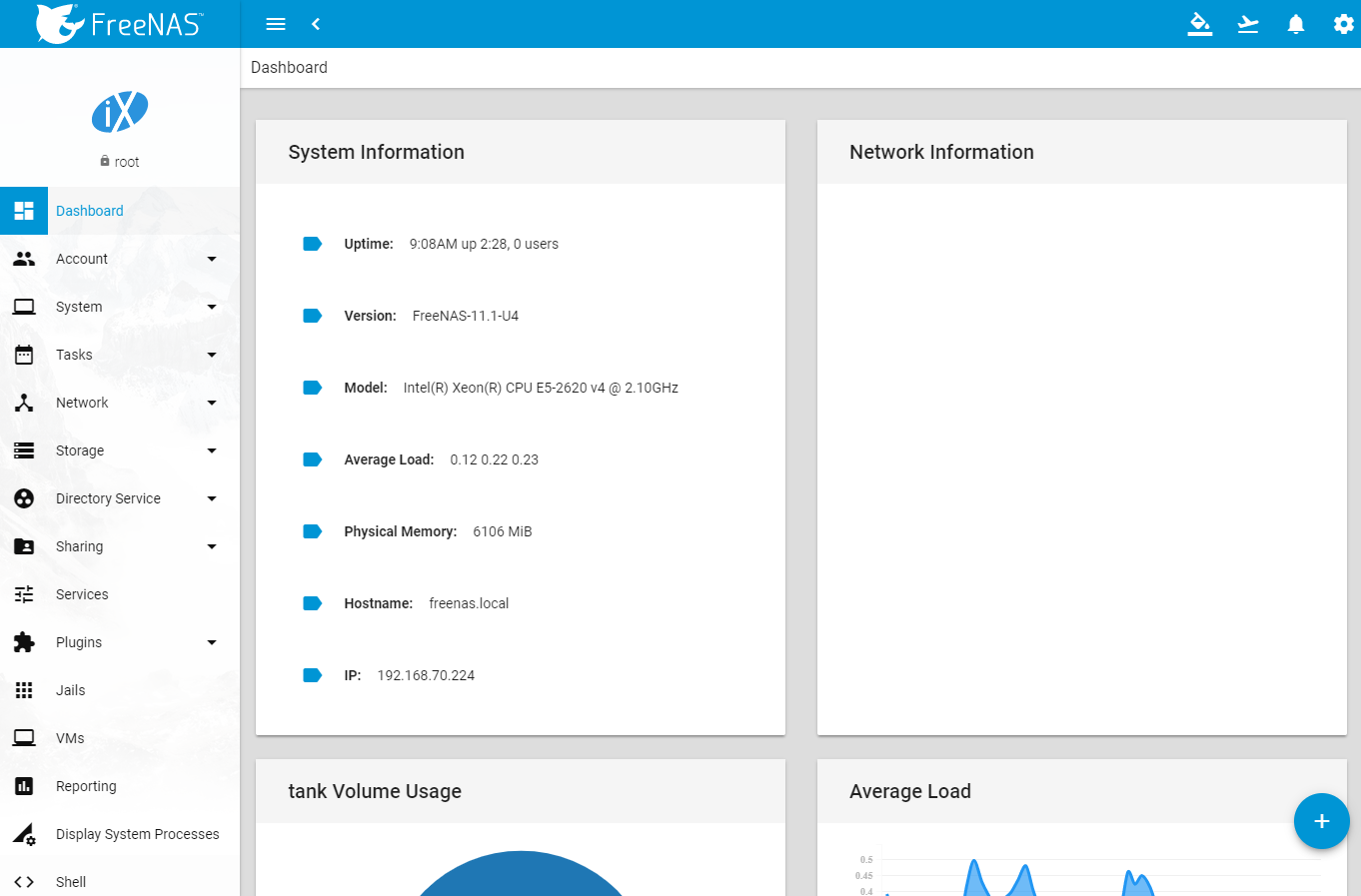Author
Lorenzo Bedin
Lorenzo graduated in Telecommunication Engineering and works as freelance IT consultant, after a period of training as systems analyst. Currently he provides hardware solutions, virtualized infrastructures and websites.
A few months ago we talked about the troubled release of the last two FreeNAS versions, which involved a new graphical interface, the premature dismissal of Corral and finally the development of the 11.0 version with the return of the classic UI.
But IXSystems didn’t discourage and kept on developing its NAS system and eventually released the all-new 11.1 version.
Not just a new appearance, but also new features
Let’s start with the aspect that usually draws most of the attention of a system, otherwise quite traditional in terms of features: the new graphic interface.
The dark and edgy theme portrayed in a previous review, developers chose a more comfortable theme based on light colours with a tidier and neatter graphical organization. The overall design resembles the one on latests generations Android systems, quite flat and with icons and volumes characterized by circular contours and vivid colours.
The upper horizontal menu finally disappears, replaced by a lateral float-out unit which contains the usual features. The organization of voices has been revised and rearranged too, still being coherent with the classic one we’re used to. Another new feature of the UI is a proper visualization on mobile devices too, something the previous releases didn’t accomplish well.
Read more FreeNAS 11.1: welcome new UI!
Chocolatey is a package manager similar to Linux apt and yum to create, update, distribute and remove software packages in a centralized and automated manner.
Two are the platforms at its basis: NuGet and Windows PowerShell. The former is a .NET package manager on its turn, and the former is the well-known integrated shell of the Microsoft Windows world. Available both as a command line tool and with a GUI, Chocolatey is an open source project with three licensing models: free, Pro and Business, with the additional MSP and Architect plans for specific uses.
Read more Chocolatey, a package manager for Windows
In the context of IT infrastructures, the term (server) consolidation describes a situation where a physical server runs one or more software server applications as multiple instances. This way, computational resources can be shared more effectively between different software applications.
A typical example of consolidation is the P2V conversion of physical environments on hosts with hypervisors.

The term Microkernel indicates a certain code (or software) that maintains the least number of functions and instructions to implement an operating system. A microkernel must be able to handle basic mechanisms of the system, thus having a flexible base to build the entire operating system upon.

The term monolithic kernel refers to that part of the operating system that manages a complete access to I/O devices, memory, hardware interrupts and CPU stack. This type of kernel tends to be larger than other typologies, because it integrates many functions at the same level.
A monolithic kernel is at the basis of operating systems like Unix, Linux, macOS and DOS.
-
BYOD: your devices for your firm
The quick evolution of informatics and technologies, together with the crisis that mined financial mines, has brought to a tendency inversion: users that prefer to work with their own devices as they’re often more advanced and modern than those the companies would provide. Read More -
A switch for datacenters: Quanta LB4M
You don’t always have to invest thousands of euros to build an enterprise-level networking: here’s our test of the Quanta LB4M switch Read More -
Mobile World Congress in Barcelona
GURU advisor will be at the Mobile World Congress in Barcelona from February 22nd to 25th 2016!
MWC is one of the biggest conventions about the worldwide mobile market, we'll be present for the whole event and we'll keep you posted with news and previews from the congress.
Read More
- 1

























